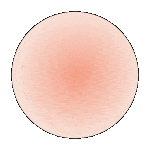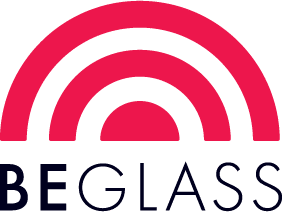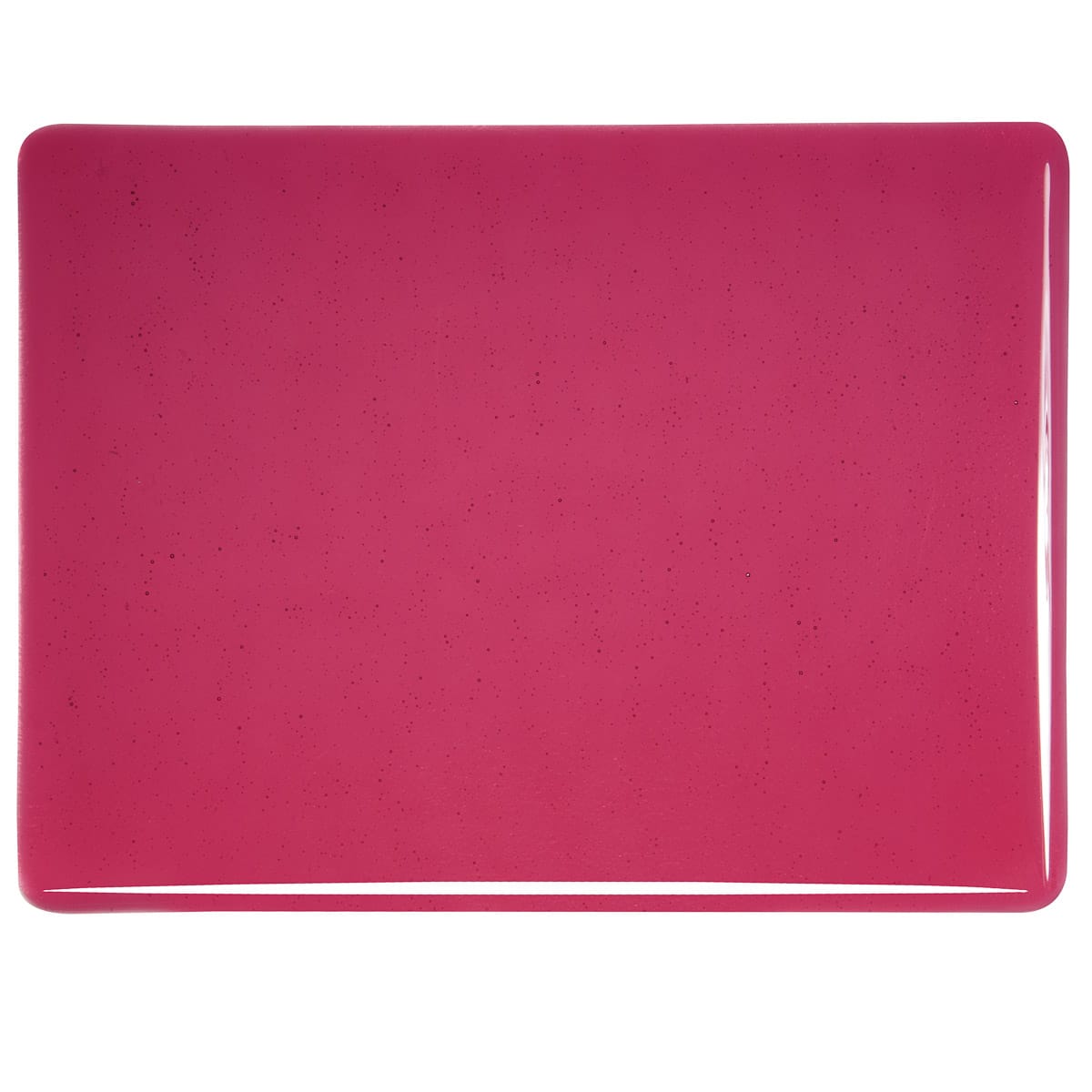Overview

Striker
This style may not reveal (strike to) its target color until fired.
Reactive Potential
Contains: Lead (Pb)
May React With: Selenium (Se) / Sulfur (S)
Forms of Glass
Sheet Glass (-0030, -0050), Frit (-0001, -0002, -0003, -0008) Rod (-0576), Stringer (-0272, -0107), and Confetti (-0004).
Detailed Information
About 001311 Sheet Glass
Cold Characteristics
Varies slightly from lighter to darker shade; sometimes with lighter dappling in single-rolled sheets.
Working Notes
Color usually deepens on firing. Possible dark interface reaction with selenium and/or sulfur glasses (000137, 001122, 001125, 000124, 000125, 001137, 001437). Less viscous (softer) than most other glasses. Some gold-bearing striking glasses, like this one, should be fired with a 2 hour hold at 1225°F during the initial stages of the firing cycle. If fired without this hold, they may not strike at all, or they may strike but appear spotty and have a blue-brown cast, as opposed to the desired target color. This full-fuse schedule effectively strikes these glasses:
This full-fuse schedule effectively strikes these glasses:
| RATE | TEMPERATURE | HOLD TIME |
|---|---|---|
| * | 1225ºF | 2:00 |
| 600ºF | 1490 | 0:10 |
| 9999 | 900 | ** |
**Remainder of cycle depends on the thickness of the piece. Consult the Bullseye Annealing Chart. For color-sensitive projects, we recommend testing the cycle you plan to use by fusing a small sample of a similar setup in the same kiln as the project to best predict final color results.
About 001311 Frit
Working Notes
See sheet glass notes for this style.
About 001311 Rod
Cold Characteristics
Light transparent blue to lavender.
Working Notes
Torch: 001311-0576 strikes to a deep transparent pink in the flame. Work in a cooler, oxidizing atmosphere. May develop a light brown color on the surface of the glass if worked in the presence of too much propane (or fuel).
Kiln: A linear, streaked design may develop upon firing and may be visible whether fired lengthwise or on end. Hue and saturation may also differ slightly when compared to sheet glass; a wider range is accepted due to changes that occur in the forming process.
See Working Notes under the Sheet Glass tab for additional firing information.
Other: Consider encasing with clear to protect the surface from developing a light brown color in the hotter, neutral flame chemistry that you would use for most other styles. We advise labeling all striking glasses.
About 001311 Stringer
Working Notes
See sheet glass notes for this style.
About 001311 Confetti
Working Notes
See sheet glass notes for this style.

